If we were to believe in Creationism, is it apt to say that the need for clothes began when Adam and Eve bit into the forbidden fruit and realized they were naked? Or was it later when they covered themselves up with fig leaves? Or was it much later when the Creator clothed them in “garments of skin?”
Whatever the case is, if the shame of being naked marked the beginning of humanity’s downfall, then maybe doomsday is that moment when clothes have finally sucked off the last breath of the unfairly paid laborer and the last drop of water and occupied that last square meter of land with a deluge of unwanted garments.
As we inch towards the completion of that unpleasant picture, the fashion industry has finally acknowledged its crimes. And we, too, must accept that we, who wear clothes, are part of the problem.
[READ: Sorry to tell you, but your gym clothes are killing the environment]In a recent discussion with stylist and editor Isabelle Landicho, I arrived at this proposition: Much of the responsibility to be sustainable falls on the consumers. It may sound like we’re lifting off the burden from producers, but it’s a show of our power as participants of the fashion trade. We have the power of choice, and we can demand for sustainably made clothes. More than anything, this responsibility pertains to how we live with the clothes we acquire. The longevity of clothes does not only rely on how they are designed but also on how they are led to live.
[READ: Are we doing sustainable fashion right?]For your consideration, here’s a refresher on how to care better for your clothes.
Get to know your clothes
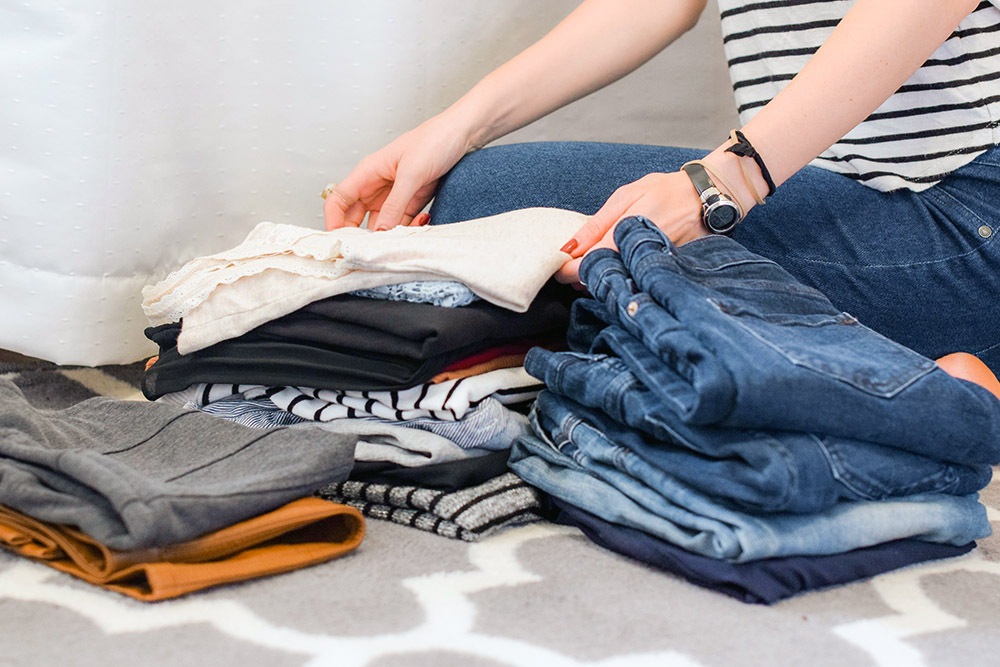
The cardinal rule of doing laundry is to segregate clothes based on color and its intensity. No one wants a white tee to come out of the washer pale pink after all. But separating clothes by color alone is a little outdated. Now, it’s more important to wash clothes according to the fabric, especially if you’re going for fully automatic machine wash.
Fabrics all behave differently. Cotton tends to shrink when washed. Nylon is prone to static charges from tumble drying. Silk doesn’t enjoy a long wash and likes the touch of your hand. Wool prefers hand washing, too, as improper machine wash may cause felting. Viscose and rayon do not like getting wrung. And innovative blended or maybe recycled fabric types require specific care.
Once you know how each of your clothes behaves, you would be able to discern which fabrics could be washed together. When in doubt, review the care tag.
Do not overwash your clothes
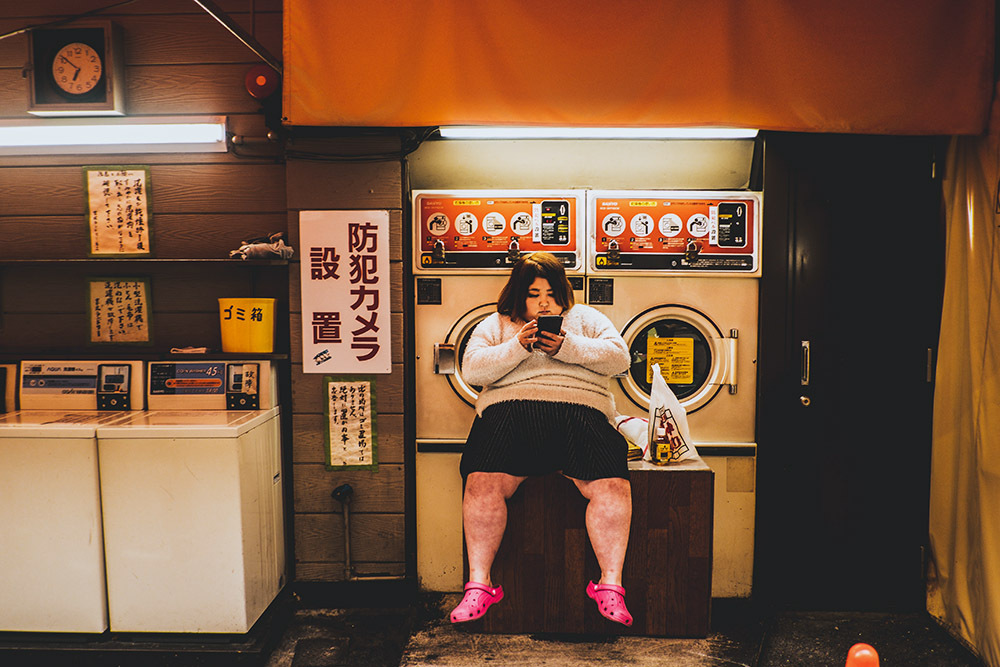
One time, a friend admitted to keeping their pants to their outfit cycle for a month before it gets washed. As if consulting an advice column, they asked if it was right. I reassured them that I do the same except that I put my trousers in the laundry basket after two uses. It turns out this friend was caring for his trousers better than I was.
Aside from our hair, we are also overwashing a lot of our clothes including our pants. The process of washing, drying, and ironing clothes agitate the fabric, which, when done frequently, may degrade garments. Of course, this rule does not apply to all types of clothing. T-shirts, underwear, and sportswear would have to be washed after each use as they are in direct contact with the skin.
[READ: Our clothes may be polluting the oceans. Just check its label]Generally, garments like pants, jackets, suits, and other types of outerwear can be used three to four times before they go into the laundry basket. The frequency of washing these articles though would heavily depend on your environment, the accumulated residue, and the activities you did while wearing them. In between wears, air them out and hang them properly to prevent mold formation and creases.
Ditch the fabric conditioner
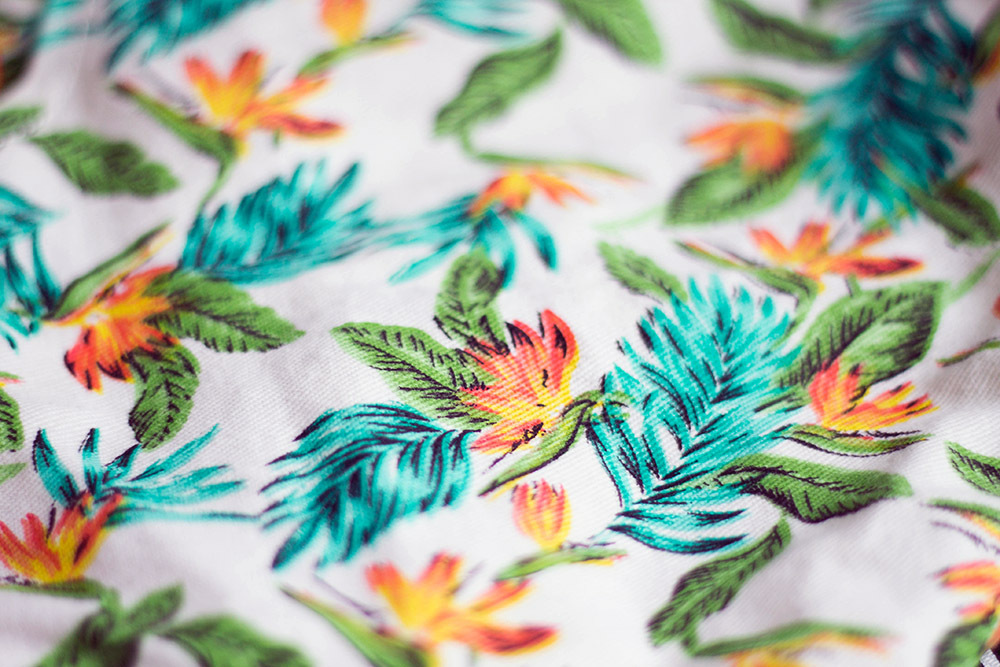
My mother has an aversion to the use of fabric conditioners all because of reasons related to the olfactory. For one, she hates the strong fragrance almost all fabric conditioners or fabric softeners in the market have. But she has another interesting proposition: Contrary to what brands advertise, she says the residue left on clothes make them smell musty once you sweat in it.
Fabric conditioners, which were then made from tallow oil, were first used by textile manufacturers to improve the feel of newly dyed garments. The rise of washing machines gave way to the popularity of fabric conditioners formulated for home use in the ‘60s. It became an important product to protect synthetic fibers from “static electrical charge” during the whole machine wash-and-drying process. Now, some fabric conditioner formulas even promise easier ironing and color protection.
Ironically, this protective layer might be the culprit behind what my mother considers the worst gift of fabric conditioners. A feature in The New York Times suggests that this layer, particularly when applied to athletic wear, “traps smells, resulting in malodor that lingers even in clean workout clothes.”
Heavily scented products are deemed to be hazardous both to the body and the environment. Fabric conditioners are also loaded with quaternary ammonium compounds or “quats.” While a study cited in a 1999 article suggests that these weren’t as harmful as expected, it also acknowledges that “most biodegradability screening tests tend to be conservative and underestimate the rate and extent of quaternary ammonium compound degradation in the environment.”
To make a simple conclusion, using the fewest products possible when doing your laundry could also mean that you introduce less contaminants to your clothes and the environment. And fabric conditioner may be the easiest to eliminate.
If you can’t live without ultra-soft fabric, consider using white vinegar, which also prevents odor. If your nose is already used to the fragrance, use it sparingly: Do not use it on fabrics that are designed to absorb water like sportswear and towels, and flame-resistant clothing.
Don’t leave clothes in the washer or dryer for too long
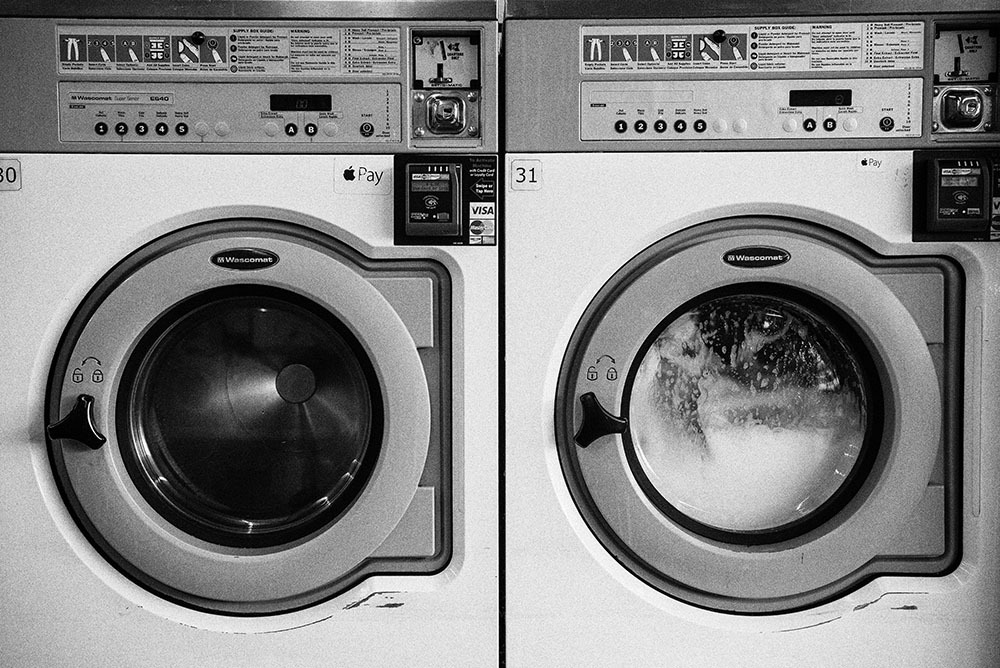
While the rise of fully automatic washing machines, which have become more affordable in recent years, lift the burden of domestic labor off our shoulders and keeps our hands softer, these appliances tell us something about our changing times. One, air drying has become less desirable at least in urban areas where open spaces are scarce and air pollution is high. And two, excessive productivity is unnecessarily glorified; these machines amend our seemingly short 24 hours, allowing us to do more significantly productive chores. But no one can deny the convenience these machines offer.
While you have all the reason to get busy as the washer takes care of your clothes, we advise against literally forgetting about it.
Letting your clothes sit inside the washer or tumble dryer for an extended period leaves them extremely wrinkled. In turn, most of these clothes would require steaming or ironing. Retrieving the clothes as soon as the spin cycle is done prevents them from being too wrinkly. Air them out to dry completely.
Speaking of drying clothes, you may want to consider returning to the more conventional way of drying clothes. Not only will air drying save you energy, it will also protect your clothes from potential damages and shrinkage. Most fabrics are suitable for line drying in an open area except for woolen sweaters and stretchy garments, which should be allowed to dry on a flat surface to preserve their shape. As a rule, let colored clothes dry in shade as sun exposure encourages bleaching. Otherwise, let white garments bask under the sun to be at its whitest.
The way an article of clothing is hanged also prolongs its desirability. T-shirts, for example, are prone to developing stretched necklines. This degradation, unlike fading and holes, is nearly impossible to hide. According to a Japanese laundry expert, it’s caused by gravity. A damp tee on a hanger tends to have its weight concentrated on its hem, stretching the neckline. So, instead of letting it air-dry on a hanger, it might be better to pin tees by their hem at the side seams on a clothesline or a drying rack.
Learn smarter ways to remove stains
This section could have easily advised you to protect your clothes from stains, but stubborn stains are unexpected most of the time. You could be walking on the street in a crisp white shirt, and bump into someone you know who would be careless enough to initiate a hug even with a full cup of beer in hand. That “someone you know” is me.
While bleach and stain removers are great, your pantry or first-aid kit might have a gentler solution. Hot water, in conjunction with detergent, is said to work well on chocolate, wine, coffee, and oil stains. However, it could worsen protein-based stains like those caused by eggs, milk, and blood.
On such occasions, grab a paper towel and blot the stain to prevent it from spreading. Rubbing the spot vigorously is not an advisable quick response as it only works the stain further into the fibers of the fabric. The best thing to do after is to accept the apology of the culprit who had no intention to stain your clothes. Address the stain as soon as you get access to your arsenal of laundry tools or a DIY stain remover that’s proven safe.
Most light residues would vanish even once you launder the garment even without special treatment. But tough stains present a different story.
While bleach and stain removers are great, your pantry or first-aid kit might have a gentler solution. Hot water, in conjunction with detergent, is said to work well on chocolate, wine, coffee, and oil stains. However, it could worsen protein-based stains like those caused by eggs, milk, and blood. Cleaning expert Jolie Kerr recommends hydrogen peroxide for blood stains, isopropyl alcohol for ink, and cornstarch for grease on delicate fabrics. On the other hand, you can address makeup stains with your makeup remover. The University of Illinois Extension presents an almost encyclopedic guide of stain solutions.
Keep in mind that it’s best to address fresh stains over those that have already set in the fabric. Treat the stain before washing and ironing. If the stain is on delicate fabrics, consider sending the clothes to eco-friendly dry cleaning. And if the dry cleaner returns your clothes still stained, remember that some stains never go away.
Invest in a good steamer and iron
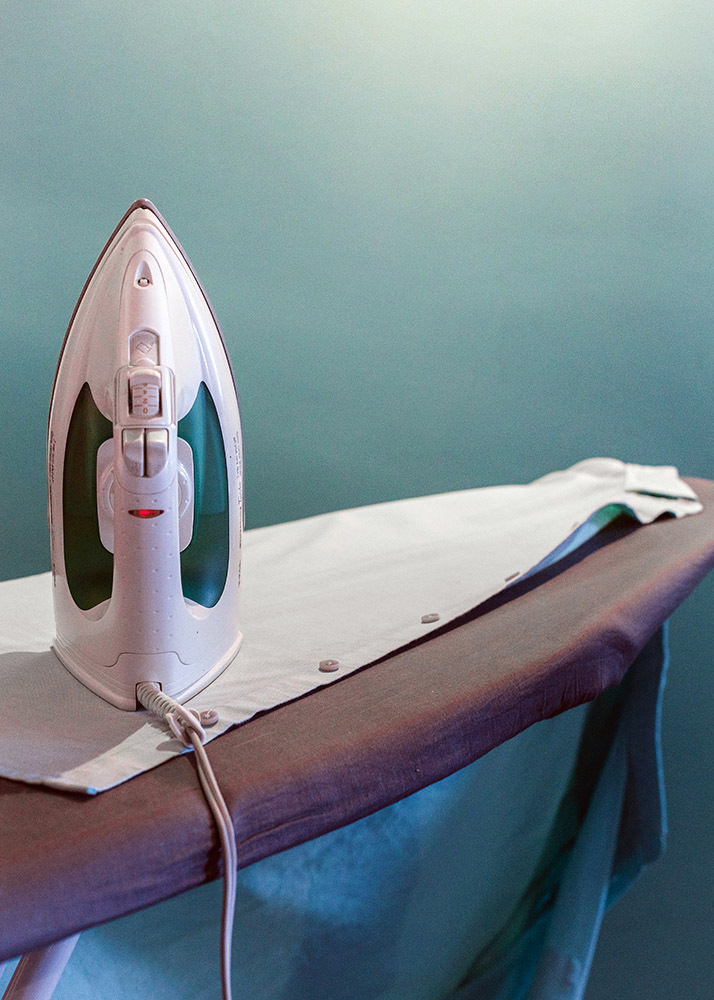
As a twentysomething, I still haven’t mastered the art of ironing. This chore requires precision, strategy, and speed. It’s a performance much like a puppet show where you control the iron press and the kabayo, the curious local term for the ironing board. One mistake and you’ll end up with a misshapen or worse burned garment.
I have found the garment steamer to be more amicable. Unlike an iron, a steamer doesn’t require force and direct contact with the fabric. Hence, there is less chance of burning and other heat-related damages. You can also use steamers to deal with more delicate fabrics like silk. That said, steaming seems to be a greater option.
Steaming is promising, but don’t preserve your iron into an artifact just yet. Steaming also poses threats to fabrics like textiles with plastic coating, suede, and rayon among others. It’s also inferior to ironing in addressing deep creases and in achieving crisp linens.
As stated above, abiding by proper methods of drying clothes may significantly decrease visible wrinkles; hence, there’s no need for rigorous steaming or pressing clothes. Again, keep in mind that some fabrics require special treatment: Rayon, for example, must be ironed inside out. So, keep care labels for reference.
Grow with your clothes
Clothes both from fast fashion and sustainable brands come to a stage of wear and tear. No matter how much you care for the clothes you love, it comes to a point where they get holes, permanent stains, loose necklines and waistbands, and unapologetically fades. In short, they become less desirable.
The rise of fast fashion brands over the years has changed the way we consume clothes. As sustainable Swedish menswear brand Asket tells Scandinavia Standard, “We’ve become used to replacing instead of repairing, which is hardly surprising, with a t-shirt costing less than a Big Mac. Fast fashion brands have been feeding a throwaway culture.” With this accessibility to affordable clothing, we have learned to choose the convenience of shopping over the sewing kit. It’s this point that leads to wastage and further environmental harm. “We need to get used to looking at things and understanding that nothing actually goes ‘away’ [when we throw it out]—there is no ‘away,’” Stacy Flynn, CEO of textile innovations company Evrnu, tells Vogue.
Learn to mend your own clothes. But more importantly, learn to live with it. If you can’t, someone else would be happy to give your hand-me-downs a good life.
Header photo courtesy of Dmitry Arslanov on Unsplash
Get more stories like this by subscribing to our weekly newsletter here.
Read more:
4 shops where you can buy upcycled clothes
This daily wear line makes clothes straight from organic and compostable fabric
This label turns fabric scraps from their gender-neutral, utilitarian clothes into accessories
Writer: OLIVER EMOCLING




